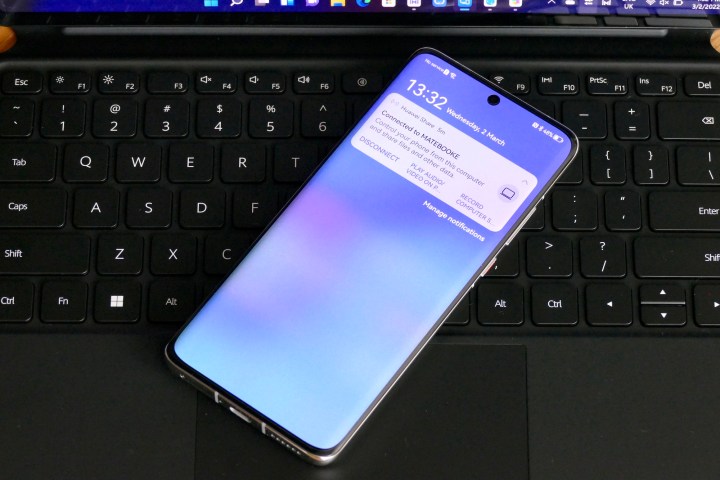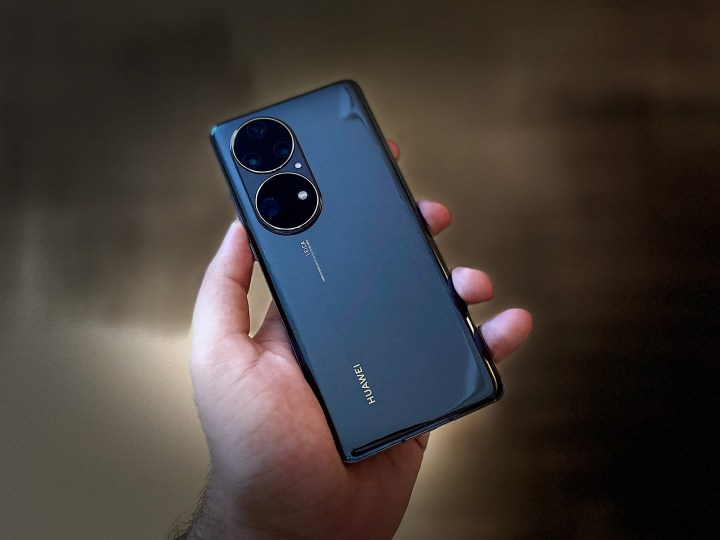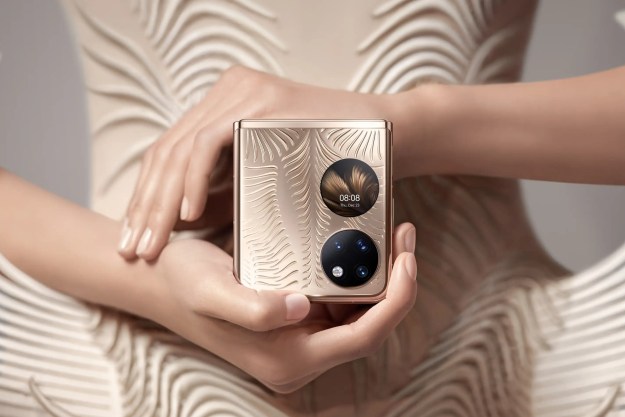When the Huawei P50 Pro showed up in my mailbox, my excitement had no boundaries. I was really looking forward to the device. The last Huawei phone I used was the P30 Pro, and it gave me the best battery life and camera experience of any smartphone at that time. But things have changed after the sanctions, and these changes have forced Huawei to adapt to the limitations.
I knew I’d struggle to use the P50 Pro as I rely heavily on Google apps and services, but I didn’t expect it to be challenging. Setting up the device was as easy as it gets, but what came afterward was a struggle I didn’t want. The result? I didn’t insert my SIM in the smartphone and put it in the drawer within two days of unboxing. I didn’t expect to, but I ended up giving it another chance. Here’s how my experience has been with the latest Huawei flagship.
AppGallery just doesn’t cut it for me

Huawei has faced a lot of challenges since it got sanctioned. While I thought it’d be a battle of survival, the company has done well with AppGallery by talking developers into building apps for the Huawei ecosystem. The app distribution service has been improving day by day, but AppGallery isn’t enough for me.
First, I live in a region (India) that isn’t on the priority list for Huawei. The company’s market share is almost nil in the Indian
I’d have given a pass if this were a regional thing, but many mainstream apps are yet to be made available via AppGallery. For instance, Twitter and Instagram are two of the most-used social media apps in the world, and both aren’t available on AppGallery, Sure, you can search for the apps on Petal Search and it’ll find Instagram for you, but the app won’t run because it requires Google Play Services.
Held together with duct tape
AppGallery has a long way to go to make Huawei flagships great again. It is on the right track, and I hope the company can find a way to get the most popular app developers on board. As of now, you are likely to miss out on your favorite apps if you don’t find a way to sideload them. And once you install them, updating the apps is a tedious task.
While Huawei is progressing at a steady rate to mitigate the app problem, it has a long way to go. The lack of Google Mobile Services (GMS) remains a big issue. Because of the lack of GMS, some apps’ notification systems are broken. It is likely because these apps — Slack is a good example — use Google’s Firebase system, so the notifications don’t show up on the Huawei P50 Pro.
Quick apps are a smart solution
Quick apps are basically web-based formats of apps that are installation-free and can be added to the home screen. A quick app can be distributed to all mobile phones that support industry standards without adaptation, so Huawei is able to make use of it without the availability of GMS. These can also act as a space saver if you don’t have a lot of storage left on your
Quick apps aren’t as smooth as the actual APKs.
I’m running Gmail, Twitter, Instagram, and Uber with Quick apps. It’s a smart way to add these apps to your home screen as a variant of the actual Android apps you’d use on your Google or Samsung smartphones.
However, quick apps aren’t as smooth as the actual APKs. Instagram views stories horizontally for some reason. Gmail looks like I have opened it on Chrome on an
Huawei’s situation is untenable

The Huawei P50 Pro doesn’t have 5G support, and it runs on a year-old system on a chip. While it’s powered by the older Snapdragon 888 4G chipset, it is a snappy device to use in day-to-day life. However, the absence of
The cameras are the best part of the Huawei P50 Pro. It has one of the best portrait modes available on a
It’s not Huawei, it’s the situation Huawei is in that’s not working for consumers like me.
I’d have said if you can look past Google Services, you’ll get top-notch cameras and a powerful
There are just too many compromises on the P50 Pro for a flagship. Unless it gets a price cut or you can get it for a cheaper price tag, it is hard to recommend the P50 Pro. Put simply, Huawei needs a better solution, and it needs it fast.
Editors' Recommendations
- Apple, Samsung, and Google could learn a lot from this unique phone
- Surprisingly, the iPhone 14 Pro can’t win this epic camera shootout
- Huawei’s Mate series to return with the Mate 50 next month
- Does the Huawei P50 Pro take better pics than the Pixel 6 Pro?
- Wedge-shaped MateBook X Pro headlines Huawei’s MWC lineup




